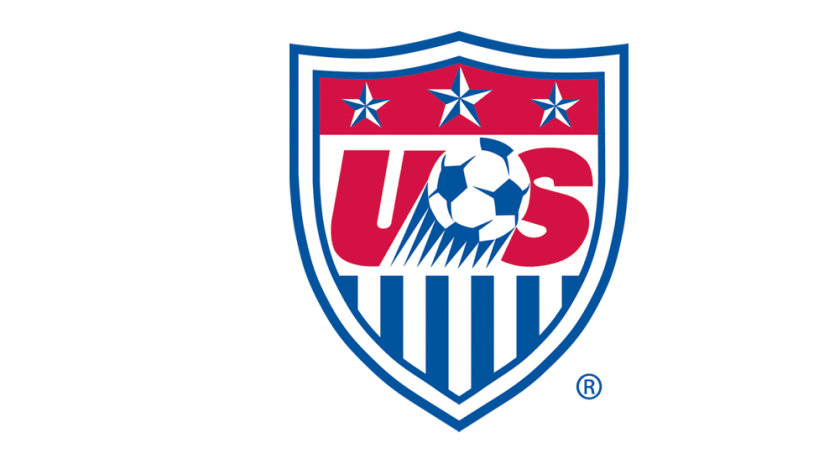With hopes of eliminating physical variance and maturity gaps while deepening the available player pool, the US Soccer Development Academy announced Friday that the program will expand to the Under-12 age group starting in Fall 2016.
In tandem, the U-13/14 combined group will be split into a pair of single-age groups. They estimate the move will create 1,000 spots in the 13- and 14-year-old age ranges, with an additional 4,000 at the U-12 level.
"We went through a process and talked with existing clubs, about how players move through the pathway," said Development Academy Director Jared Micklos, in a Friday conference call. "We identified a gap on the men's side."
Micklos and Director of Scouting Tony Lepore wanted to further spread the Academy philosophy down to what they believe to be a critical development age, one already being serviced by a number of Academy clubs, including that of MLS side FC Dallas.
Chris Hayden, Vice President of FC Dallas Youth, said that the FC Dallas Academy already runs year-round development programming for hundreds of players starting at age 6, making the adjustment one of competition format, rather than anything developmental. Given the year runway to launch, they’ve begun to explore an expansion of the school program to accommodate the U-12 group, working with the Frisco Independent School District to mirror the U-13 and U-14 schedule: school in the mornings followed by afternoon trainings from 3-5 p.m.
"The challenge will be just adding the additional cost for staff, facilities, and travel,” Hayden said. "However, we are committed to developing young players into our first team and this will aid in that process. The frequency of training and professionalism shown to our young aspiring athletes will only help them on their path to MLS and playing at the highest level."
Incorporating the U-12s nationwide will standardize variables like the number of field players, field dimensions and rules, while helping to tamp down costs by increasing the potential for geographical clustering.
Using the example of Atlanta-based teams currently needing to travel into Florida, Micklos stated the goal of "no overnight trips" at the U-12 level, along with reductions in the overall number of games (projected at 1 per weekend for the 9 ½-month season). They're eliminating participation in other competitions to allow room for academy players to become involved in other sports or extracurricular activities; the focus is intended to be on development, and – perhaps more importantly – fun.
"By removing the standings and having a no-trophy league, which we’ve done at U-14, the focus shifts to the individual," Lepore said. "Clubs focus on the individual player path and plan: What are their strengths, weakness and ways to improve? And how do we get there?"
By avoiding sport- and position-specific specialization, the hope is that players can not only avoid burnout, but also gain needed variety in their athletic development. Feedback is expected to come quarterly, with opportunities to play up in age when a player has proven ready to challenge themselves against older competition. Academy coaches, now required to hold a minimum USSF "B" License, are expected to uphold the organization's holistic approach toward development: fostering respect, a well-rounded lifestyle and personal responsibility.
Academy clubs will field two U-12 teams, each with a 26-player pool max, training 3 times per week and playing 9-on-9 games with 30-minute halves. Re-entry is permitted and simultaneous mid-half substitutions are targeted for the 15- and 45-minute marks, upon mutual agreement by the coaches.
The Academy decided on the format after research into top soccer nations led them to believe in its developmental merits, due to the focus on continuous, uninterrupted play and more frequent on-ball interaction (to improve game awareness and creativity). Additionally, Lepore claimed the ruleset proved to be the most common in use worldwide, providing additional stability for the game experience.
Overall, the addition of U-12 nationally will provide the Academy an opportunity to capitalize on existing efforts by member clubs, who will now be financially responsible for only their player/coach registration fees, facility costs, healthcare/ATC provider coverage at games and reducing or eliminating club dues, fees and travel costs for players. The US Soccer Development Academy will be subsidizing or providing elements including coaching education opportunities, equipment and US Soccer event fees as well as a club Web site and online player database.
"We wanted to spread the same philosophy we've established at U-14 – the benefits have been clear," Lepore said. "It's a peak learning age."









